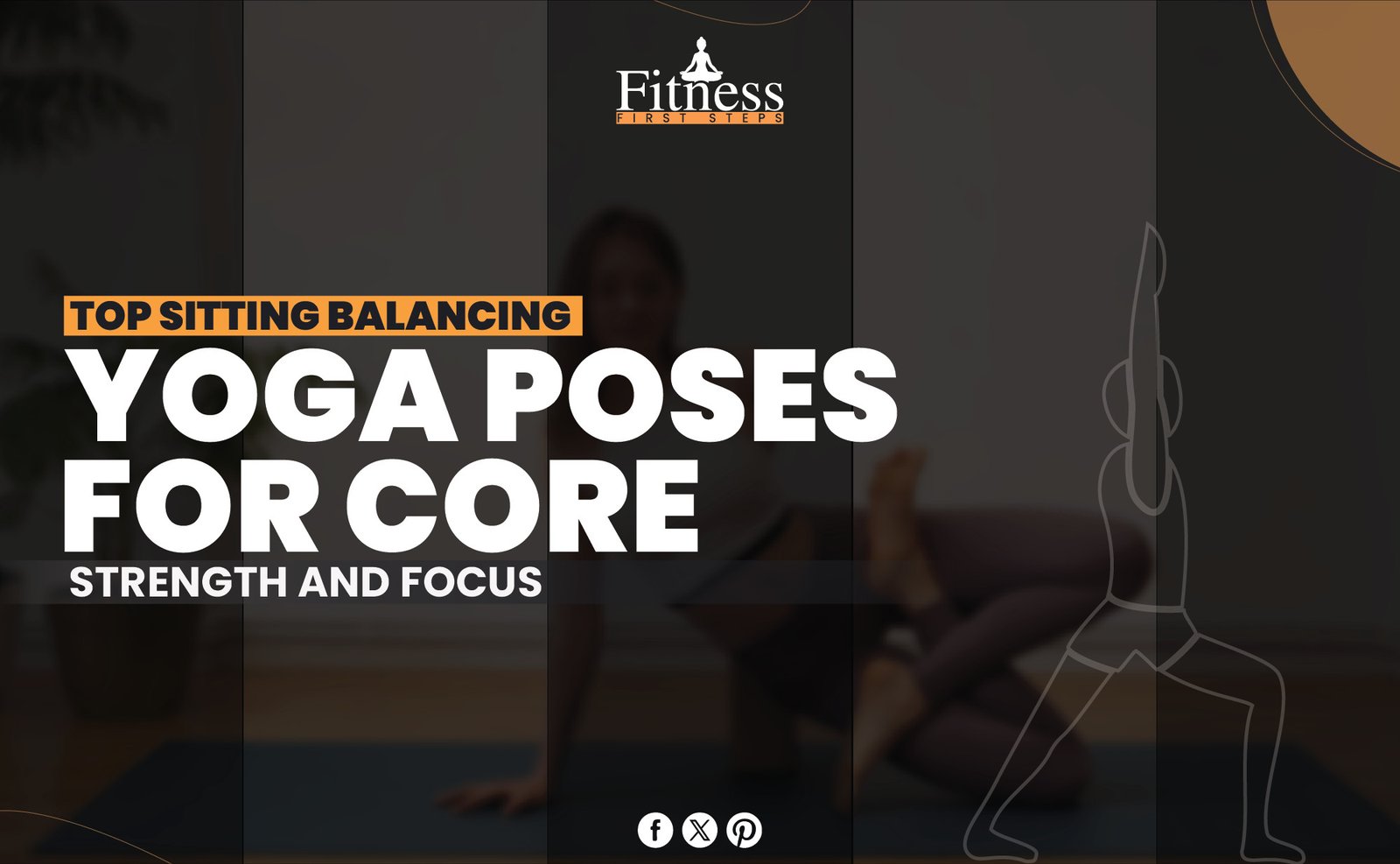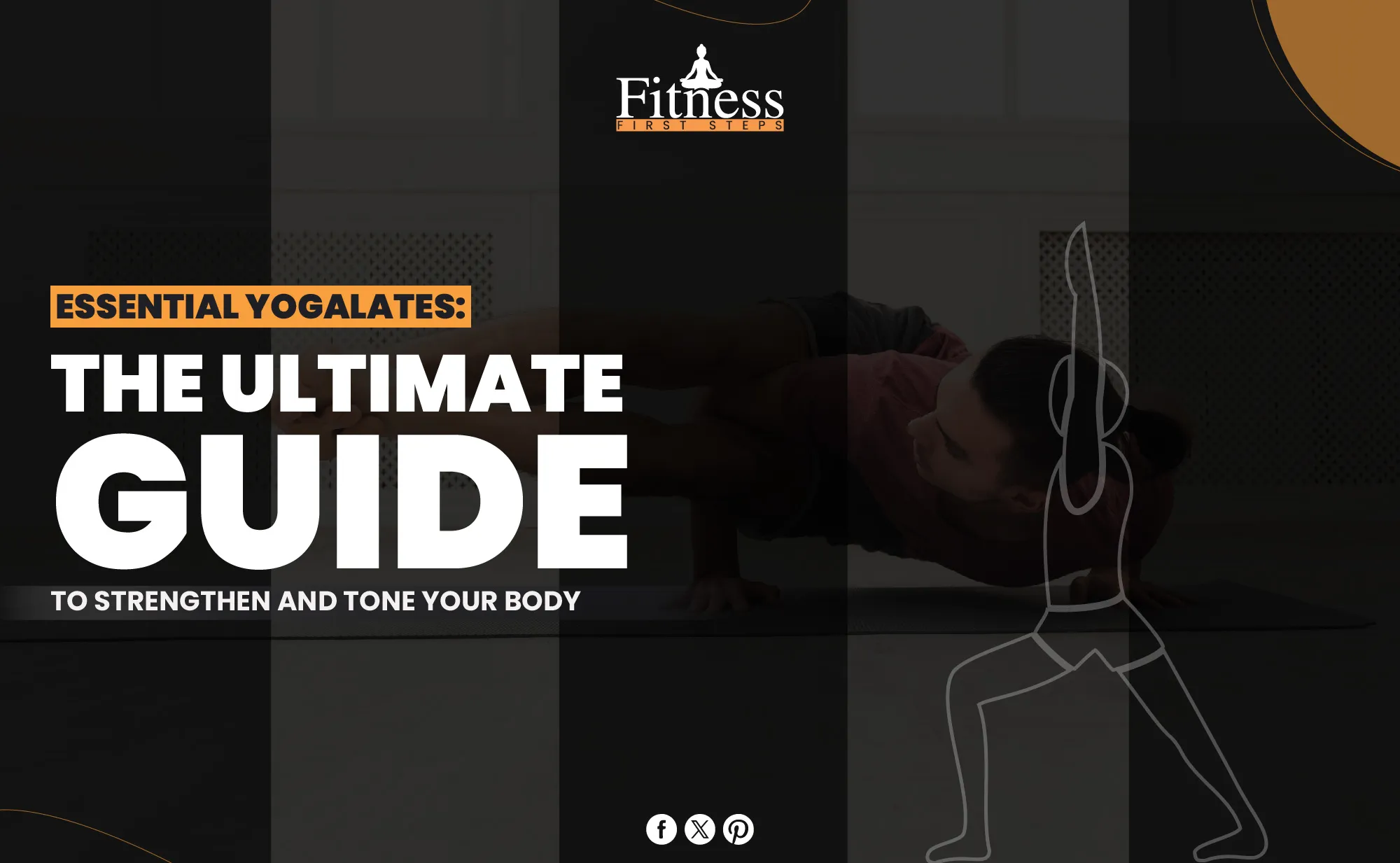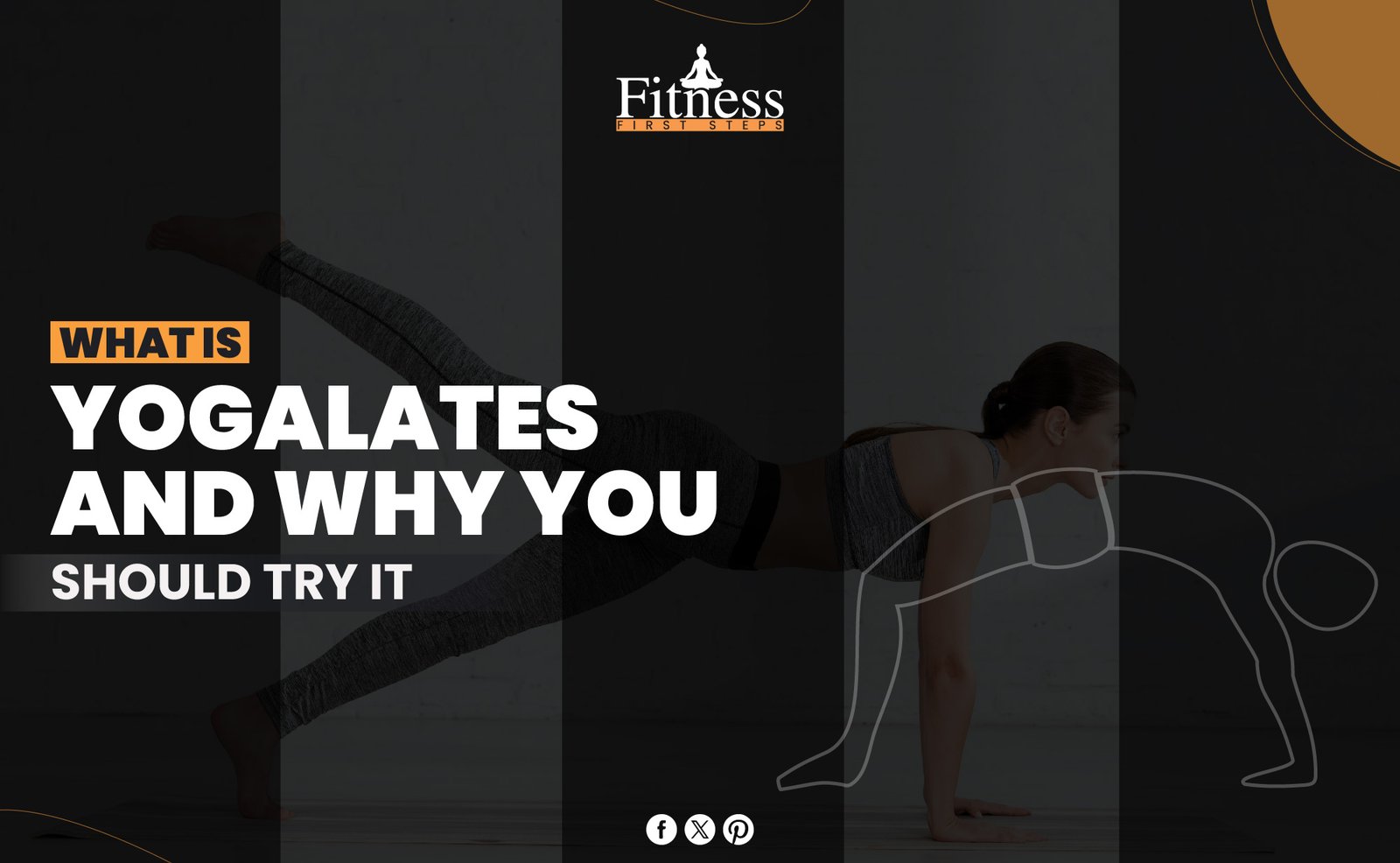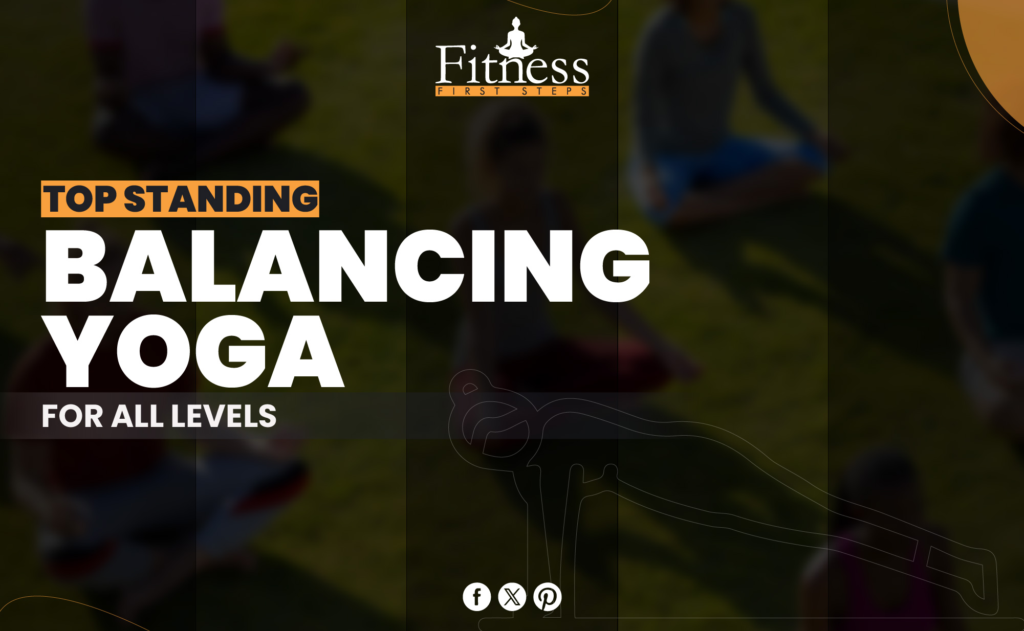Introduction
Prenatal yoga 2nd trimester is a special kind of yoga that is designed to help pregnant women feel better physically and emotionally during this very important part of their pregnancy. This is a great time to do prenatal yoga because you will likely feel more energetic, and your belly will grow.
During the second Trimester, doing certain things can help ease typical discomforts like back pain, improve sleep, lower stress, and make you feel better overall. Prenatal yoga routines during the second Trimester can also help strengthen the muscles in the pelvic floor, get the body ready for labor, and build a stronger bond between mother and child.
Read more about Prenatal Yoga for every Trimester.
Tips for Prenatal Yoga during the 2nd Trimester
It is important to pay attention to your body during prenatal yoga 2nd trimester and make changes as needed. Here are some tips to make sure the practice is safe and helpful:
Avoid lying flat on your back:
Blood flow can be cut off in this position, which is bad for your health and the baby’s. Support and comfort yourself with yoga blocks or pillows instead, making sure you’re safe and at ease.
Focus on breathing techniques:
Learning how to do certain breathing exercises can help you a lot during labor and offer a natural way to deal with pain. For example, deep belly breathing can help ease and calm the nerves, which makes it a great thing to do while you’re pregnant.
Incorporate pelvic floor exercises:
It is very important to strengthen the muscles in the pelvic floor before and after giving birth. These exercises not only get you ready for giving birth, but they also help you heal faster, which lowers your risk of problems like incontinence.
Limit overstretching:
Hormones during pregnancy, like relaxin, make joints less rigid, which makes you more likely to get hurt. To avoid strains and sprains, it’s important to know your body’s limits and not push yourself past what feels good.
These tips will help you make sure that your yoga practice is both fun and safe for you and your growing baby during this special time.
Poses for prenatal Yoga 2nd Trimester
Doing pregnant yoga in the second Trimester can help you maintain your strength, flexibility, and balance while your body changes. During this stage of pregnancy, the following poses are usually thought to be safe and helpful:
Cat-Cow Stretch
The Cat-Cow Stretch is a gentle but effective prenatal stretch that can help your back muscles relax and make your spine more flexible. This can be especially helpful as your belly grows. To get into this pose:
- Start on your hands and knees: Place your feet on a yoga mat or something else comfortable. Your knees should be under your hips, and your arms should be under your shoulders. Your back should be flat and straight.
- Inhale for Cow pose: Slowly lower your belly to the floor as you breathe in. At the same time, lift your chin and chest. Bend your back slightly and stretch the front of your chest. Do not tense your shoulders, and keep them away from your ears.
- Exhale for Cat pose: As you let out your breath, pull your belly button in toward your spine and round your back up toward the sky, like a cat stretching. Pull your chin in toward your chest and relax your neck slowly.
- Repeat: For 5 to 10 rounds, keep switching between Cat and Cow poses with each breath. This move makes the spine more flexible and improves blood flow along it. It also keeps the core muscles gently engaged.
You can feel very calm after doing this simple flow, and it’s also a great way to get ready for pregnant yoga. Remember that it’s important to be careful when you move and to pay attention to your body, staying away from movements that hurt.
Benefits of the Cat-Cow Stretch During Pregnancy
The Cat-Cow Stretch is good for pregnant women in many ways, especially in the second Trimester. By adding this pose to your prenatal yoga 2nd trimester routine, you’ll get the following benefits:
- Alleviates back pain: The Cat-Cow Stretch slowly stretches the spine, which helps ease the back pain that often comes with pregnancy because the baby’s center of gravity moves.
- Enhances spinal flexibility: Doing the Cat and Cow poses regularly can help your back become more flexible, which can be helpful during labor.
- Improves digestion: Alternating between Cat and Cow postures stimulates abdominal organs, particularly the digestive tract, which can assist pregnancy-related stomach disorders.
- Strengthens abdominal muscles: Rounding and arching the back gently engages the core, maintaining abdominal strength to support the developing belly and helping in labor and delivery.
Legs-Up-The-Wall Pose (Viparita Karani)
The Legs-Up-The-Wall Pose (Viparita Karani in Sanskrit) is another recommended prenatal yoga 2nd trimester pose. It helps reduce leg and foot swelling, a typical pregnancy problem. To do this relaxing pose:
- Find a clear space near a wall: Sit with your legs comfortably extended in front of you and one side touching a wall.
- Gently lie on your back: With your hands supporting you, lie on your side and roll onto your back, elevating your legs against the wall. If this action is difficult, start on all fours with your feet against the wall and slowly swing your legs up while lying on your back.
- Position your body: Place your back and head flat on the ground and bring your hips as near to the wall as possible. If you have lower back pain, support your hips with a folded blanket or yoga mat.
- Relax your arms: Spread your arms out to the sides with your hands facing up, or put them gently on your stomach. Close your eyes slowly and take a few slow, deep breaths.
- Hold the pose: Stay in this position for 5-15 minutes, taking deep breaths. Leave the pose by slowly bending your legs and rolling to one side, then sitting up with your hands.
Benefits of Legs-Up-The-Wall Pose During Pregnancy
This gentle posture is a great way to relax and has many benefits for pregnant women, including:
- Improves circulation: Elevating the legs improves blood flow to the veins, which helps reduce swelling in the legs and feet and keeps them from getting varicose veins.
- Reduces back pain: This pose lets the back muscles rest by lying flat on the ground with your legs raised. This relieves stress in the lower back.
- Relieves mild cramping: The raised position can also help ease leg cramps.
- Eases stress and anxiety: The pose helps you relax by calming your mind, which is good for both you and your baby.
Before starting a new prenatal yoga 2nd trimester workout routine, make sure to talk to your doctor. Also, pay attention to your body and make changes as needed for comfort and safety.
Child’s Pose (Balasana)
Balasana, or Child’s Pose, is a soothing addition to prenatal yoga 2nd trimeter. This position calms and stabilizes the back, hips, and thighs by gently stretching them. How to safely do a Child’s Pose during pregnancy:
- Begin in a kneeling position: Kneel and touch your big toes on a yoga mat or comfortable surface, then sit back on your heels. Add a folded blanket between your calves and thighs for support.
- Modify for comfort: To make room for your belly, spread your knees farther apart than hip-width apart.
- Extend forward: Lean forward on the mat, arms extended. If this posture is difficult, put your torso on a pillow or bolster between your thighs and calves to support your tummy and lower back.
- Relax your upper body: Close your eyes and let your shoulders and arms relax. Let your face touch the ground. Pay attention to relaxing your body with each release as you take deep breaths.
Benefits of Child’s Pose for Prenatal Yoa 2nd Trimester
Child’s Pose is a great pose to include in your prenatal yoga 2nd trimester practice for a number of reasons:
- Alleviates back and shoulder pain: The forward stretch can help ease stress in the neck, shoulders, and back.
- Encourages relaxation and stress relief: The pose relaxes the brain, which can help you relax and might even make your sleep better.
- Increases hip flexibility: This pose gently stretches the hips, legs, and ankles. It helps keep the lower body flexible, which is good for getting ready for birth.
Maintain this pose as long as it feels comfortable, deepening your relaxation with your breath. Rise gently to avoid dizziness and maintain balance when exiting the pose. This relaxing pose might help you connect with your body and baby in the second Trimester.
Puppy Pose (Anahatasana) for Prenatal Yoga 2nd Trimester
Puppy Pose, or Anahatasana, is a lovely combination of a Child’s Pose and Downward Facing Dog that stretches the spine and shoulders. It helps relieve upper-body strain during the prenatal yoga 2nd trimester. Follow these instructions to introduce Puppy Pose into prenatal yoga 2nd trimester safely:
- Start on all fours: Set up on a yoga mat or a soft surface so that your hips are above your knees and your shoulders are over your arms.
- Walk your hands forward: Keep your knees bent and your hips stacked over them as you walk out in front of you. As far as you can comfortably reach, try to bring your chest and chin or face down to the floor.
- Adjust for comfort: If your chest and forehead are too high to touch the ground, prop yourself with a pillow or bolster. To protect your lower back, keep a small curve in it, and don’t stretch too far.
- Focus on the stretch: Your shoulders, arms, and the middle of your back should feel a light stretch. Take deep breaths and let the tightness in your shoulders and upper back go away with each exhale.
- Hold the pose: Hold the stance for 30 seconds to several minutes, depending on your comfort. To go, gently walk your hands back to your knees and sit in a Child’s Pose for a few breaths before standing.
Benefits of Puppy Pose During Pregnancy
- Reduces upper body tension: When pregnant women hold stress in their shoulders and neck, this pose can help loosen them up.
- Enhances spinal flexibility: Stretching the spine gently in both directions keeps it healthy and keeps it from getting stiff.
- Calms the mind: Lowering the head in this pose helps to calm the mind, lowering stress and improving mental health.
Before starting any new exercise routine while pregnant, you should always talk to a doctor or nurse. Also, pay attention to your body and change poses for comfort and safety.
Tree Pose (Vrksasana) for Prenatal Yoga 2nd Trimester
Tree Pose, also called Vrksasana, is a balancing pose that helps you focus, stay balanced, and feel grounded. It can be changed during pregnancy to fit your changing center of gravity and keep you safe and comfortable. To add Tree Pose to your prenatal yoga 2nd trimester routine, do the following:
- Start with support: Place yourself next to a wall or a strong piece of furniture that you can use to keep your balance.
- Find your footing: Move a little of your weight to your left leg, keeping your knee slightly bent so it doesn’t lock.
- Position your right foot: If it feels good, lift your right foot and put it against your left ankle, leg, or above the knee, but never on the knee. If necessary, use your hand to help you put your foot down.
- Balance and focus: Focus on a fixed point in front of you to help you stay balanced as you pray with your hands together in front of your chest.
- Optional arm variations: If you feel stable, you can raise your arms above your head. Your hands can be together or shoulder-width apart.
- Breathe and hold: Hold the pose for a few deep breaths, then slowly lower your foot to the ground and do it again on the other side.
Benefits of Tree Pose for Prenatal Yoga 2nd Trimester
Tree Pose can help pregnant women in a number of ways:
- Improves balance: As a woman grows, her center of gravity changes, and this helps her adjust.
- Strengthens legs: Increases thighs, calves, and ankle strength.
- Promotes focus and calm: improves concentration and encourages a quiet, contemplative mood.
- Increases hip and groin flexibility: Stretching the hips and groins gently can help you get ready for delivery.
To be sure yoga is safe for you while pregnant, always listen to your body and modify or avoid postures that hurt. Also, speak with your healthcare professional.
Side Angle Pose (Parsvakonasana) for Prenatal Yoga 2nd Trimester
With its deep stretch down the side of the body, Side Angle Pose, or Parsvakonasana, is a standing yoga pose that also opens the chest and lungs and improves hip and leg flexibility. It can be a safe and instructive supplement to your prenatal yoga practice when adjusted for pregnancy. Here’s how to include side angle pose into your prenatal yoga 2nd trimester safely:
- Begin in a wide stance: With heels in line with one another, stand about three to four feet apart.
- Turn your feet: Keeping your comfort and balance, turn your left foot slightly inward and your right foot outward.
- Bend your right knee: To save the joint, make sure your knee is exactly above your ankle.
- Extend your torso: Put your right elbow on your right knee or, for a more intense stretch, lower your right hand to the floor outside of your right foot.
- Reach up and over: Make a long line from your left foot to your fingertips, and extend your left arm over your head.
- Look up: For added torso stretch, look upward toward your left hand if that’s comfortable for your neck.
- Hold and breathe: Feel the stretch down your left side as you hold the position for a few long breaths. Inhaling, press into your right foot to stand up again. Once more, on the other side.
Benefits of Side Angle Pose for Prenatal Yoga 2nd Trimester
- Improves leg strength: Helps support the extra weight that comes with pregnancy by strengthening and stretching the legs, feet, and knees.
- Enhances flexibility: Opens up the hips, groins, and shoulders, making the body more flexible, which is good for giving birth.
- Stimulates abdominal organs: It can help with digestion and blood flow if you gently press on it.
- Increases stamina: Keeping the pose for a long time can help your body get ready for labor.
Before you do any kind of exercise while you’re pregnant, you should talk to your doctor about yoga. Pay attention to your body and use props to help you stay balanced and supported as needed. Change the pose to fit your level of comfort.
Side Plank (Vasisthasana) Variation
Vaisthasana, or side plank, is a strong pose that can help you get stronger in your core, arms, and shoulders. But if you are pregnant, you should change this pose to keep yourself safe and comfortable. You can do this version of Side Plank as part of your prenatal yoga 2nd trimester routine:
- Start in a modified plank: First, put your knees on the floor and line up your shoulders over your arms. Your body should be straight from your head to your knees.
- Shift to the side: Move your weight slowly to your right hand and the outside of your right knee. With your left foot flat on the floor, stretch out your left leg to the side. To keep yourself steady, keep your right knee on the floor under your hip.
- Align your body: In a straight line from your right wrist to your left fingers, stack your left hip on top of your right hip and reach your left arm up to the ceiling. If it feels good for your neck, keep your eyes on your left hand.
- Engage your core: To use your core muscles, bring your belly closer to your spine. This will support your back and keep your posture straight.
- Breathe and hold: Hold this pose for a few breaths, focused on making your arms and torso strong and stable.
- Gently release and switch sides: Carefully lower your left arm and get back on all fours to the starting position before doing the other side.
Benefits of Side Plank Variation During Pregnancy
- Strengthens the shoulders and arms: Supports the upper body, making up for the extra weight that comes with being pregnant.
- Engages the core: During pregnancy, it is a safe way to improve core strength and stability.
- Improves balance: Improves proprioception and balance, which helps the body adjust to its new center of gravity.
Always pay attention to your body and change things up as needed. For extra support, use props like yoga blocks. Before starting or keeping any exercise plan while you are pregnant, talk to your doctor to make sure it is safe for you and your baby.
Supported Fish Pose (Matsyasana) Variation for Prenatal Yoga 2nd Trimester
Matsyasana, or Supported Fish Pose, is a gentle backbend that opens up the chest and shoulders. This can be especially helpful during pregnancy because it eases stress in these areas. To do a version of this pose that is safe for pregnant women, do these things:
- Use props for support: Lay down on the floor and put a pillow or a stack of folded blankets behind you so that your back is straight.
- Lower onto the prop: Step by step, lower yourself back until the prop supports your neck and your head is at the top. If your neck hurts, you should change how high your support is.
- Relax your arms: Spread your arms out to the sides and turn your hands up. Feel the stretch across your chest as you slowly open and rest your shoulders.
- Focus on your breath: Take slow, deep breaths. Let your body sink deeper into relaxation, and the stretch gets a little stronger with each breath.
- Maintain the pose: Stay in the pose for as long as it feels good, ideally 5 to 10 minutes, to get the most out of it.
- To exit the pose, Press yourself up slowly with your arms. Sit up on the prop at first, then move it out of the way to get back to a sitting position.
Benefits of Supported Fish Pose for Prenatal Yoga 2nd Trimester
- Relieves tension in the neck and shoulders: Great for counteracting the effects of changing your posture during pregnancy.
- Opens the chest: helps you breathe more deeply, which is good for both mom and baby during pregnancy.
- Eases back discomfort: By stretching and loosening the spine, the gentle backbend can help ease back pain.
- Promotes relaxation: Deep rest is encouraged, which can help you sleep better and feel less stressed.
Before adding new workouts to your prenatal yoga 2nd trimester routine, you should always talk to your doctor first. Also, please pay attention to your body and change the pose as needed to make it comfortable for you.
Wide Straddle (Upavistha Konasana) Variation for Prenatal Yoga 2nd Trimester
The pose known as Wide Straddle, or Upavistha Konasana, can be a great addition to a prenatal yoga 2nd trimester routine because it helps the knees become more flexible and improves blood flow. Here’s a change that will keep it safe and helpful during pregnancy:
- Choose a comfortable seat: To start, sit on a folded blanket or cushion to raise your hips. This can help tilt the hips forward and ease the stress on the lower back.
- Open your legs: Spread your legs out to the sides, making them as wide as you can. To protect your joints, keep your knees and toes looking up.
- Maintain an elongated spine: Lay your hands on the floor in front of you and lean forward slightly while keeping your chest open and back long. Do not round your back, as this can put stress on it.
- Breathe and stretch: Deep breaths should help you stay in this forward fold. As you breathe out, let your body relax into the pose a little more. Hold for one to five minutes or as long as it feels good.
- To exit the pose, Lift your upper body back up with your hands. Pull your legs together slowly and shake them out.
Benefits of Wide Straddle Variation During Pregnancy
- Improves circulation: It helps get more blood to the hips, which is good for both mom and baby.
- Eases back discomfort: Stretching and lengthening the spine can ease the lower back pain that comes with pregnancy.
- Increases flexibility: Stretching and extending the spine can help with the lower back pain that comes with being pregnant.
- Relieves stress: This pose can also help you feel less stressed by making you focus on deep breathing.
Before starting a new prenatal yoga 2nd trimester routine, you should always talk to your doctor first. Always pay attention to your body and use props to help and support you if you need to. Never push yourself past pain.
Side-Lying Savasana for Prenatal Yoga 2nd Trimester
Side-lying Savasana is a great way to relax and heal. It’s especially good for pregnant women who shouldn’t be sleeping on their backs. This version of Savasana is just as good for relaxing as the original, but it has been changed to make it safer and more comfortable for prenatal yoga 2nd trimester. To do the pose, follow these steps:
- Find a comfortable spot: For comfort put down a yoga mat or a soft blanket on the floor. Have a pregnant pillow or any other bolster on hand.
- Position yourself: To get the most blood flowing, lie on your left side and put a pillow or a folded towel between your knees to keep your hips in a straight line.
- Support your arm and head: Put your head on a small pillow or a folded towel. Put your lower arm out in front of you. If you want more support, you can hug another pillow or cushion with your upper arm.
- Relax your body: Put your eyes closed and let your whole body rest. While you sleep, your arms should be comfortable. They can rest next to your body or around a pillow for extra support.
- Focus on your breath: Take deep, slow breaths and direct them toward any tense areas in your body. With each exhale, picture the stress leaving your body.
Benefits of Side-Lying Savasana for Prenatal Yoga 2nd Trimester
- Promotes relaxation: Promotes profound bodily and mental relaxation, which reduces tension and facilitates restful sleep.
- Enhances blood flow: Lying on your left side improves blood flow, which is good for both you and your baby because it means more nutrients and blood flow.
- Alleviates pressure: It gives you a comfy place to rest and takes the pressure off your lower back and pelvis.
Take your time in this pose, and give yourself at least 5 to 10 minutes to get the most out of it. Remember that comfort is very important, so make any changes that are needed to make sure you are fully supported and at ease.
Head-to-Knee Forward Bend (Janu Sirsasana) Variation for Pregnancy
Head-to-Knee Forward Bend, or Janu Sirsasana, can be changed so that pregnant women can easily get the benefits of this stretching pose without putting their comfort or safety at risk. Here’s how to change the pose for you:
- Begin in a seated position: Your hips should be raised on a folded blanket or cushion to make you feel better and help your pelvis tilt forward.
- Adjust your legs: Stretch out one leg in front of you, making sure the foot stays bent. Place the bottom of your other foot against the inside of the thigh of your stretched leg. This will make a comfortable angle that won’t put any strain on your stomach.
- Inhale and lengthen the spine: To lengthen your spine, take a big breath in and reach your arms up above you while keeping your back as straight as possible.
- Exhale and fold forward gently: Lead with your chest and fold forward over the outstretched leg when exhaling. This method prevents abdominal compression and lengthens the spine. Your hands can support the fold on the floor beside you or on your extended leg, wherever they reach comfortably.
- Hold the pose with deep breathing: Hold the pose while you take slow, deep breaths. Let your body relax deeper into the stretch with each breath. Please don’t force it. Hold for 10 to 15 seconds.
- To come out of the pose: To come out of the pose, Lift your body and press your hands onto the floor.
Benefits of Head-to-Knee Forward Bend Variation for Prenatal Yoga 2nd Trimester
- Stretches the hamstrings and back: Gently stretch the lower back and the extended hamstrings of the leg. This can help ease pain and tension.
- Improves digestion: The gentle forward fold can help digestion, which is often slow during pregnancy, by stimulating the organs in the abdomen.
- Calms the mind: During this pose, focusing on the breath can help calm the mind, which can lower stress and increase relaxation.
Remember that it’s very important to pay attention to your body while you’re pregnant and make changes as needed. Before starting or continuing any workout plan while you are pregnant, you should always talk to your doctor first.
